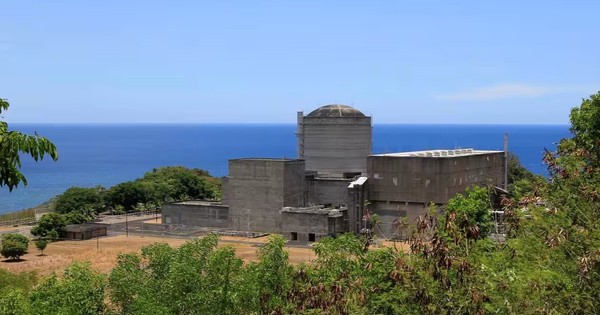Thailand and Philippines to Launch First Nuclear Power Plants in Southeast Asia
Thailand and the Philippines are pushing forward with plans to launch nuclear reactors in the next decade, marking significant developments in the region’s quest for clean and sustainable energy. As power demand continues to rise, both countries see nuclear power as a viable solution to meet their energy needs.
Thailand’s Nuclear Ambitions
In September, Thailand is set to unveil its national energy plan for the next 17 years, outlining the construction of small modular reactors (SMRs). These SMRs, with a capacity of 70 megawatts, are considered safer and more efficient than conventional reactors. Thailand’s interest in nuclear power dates back to the early 2000s, but the Fukushima Daiichi nuclear disaster in 2011 put their plans on hold. However, advancements in SMR technology have reignited Thailand’s enthusiasm for nuclear energy. To support this endeavor, the United States has pledged to provide technological assistance to Thailand.
Prime Minister Srettha Thavisin recently discussed this matter with US Secretary of Commerce Gina Raimondo during a meeting in Bangkok on March 14. The Thai government is keen on assessing the safety and public opinion surrounding SMRs before moving forward.
Thailand’s pursuit of nuclear energy stems from the depletion of its natural gas reserves and the increasing electricity demand. The country’s commitment to carbon neutrality by 2050 has further emphasized the need for a stable energy source to replace fossil fuels.
Philippines’ Nuclear Endeavors
Similarly, the Philippines has plans to operate a commercial nuclear power station by the early 2030s. Manila and Washington signed an agreement in November 2023, facilitating the transfer of nuclear materials, equipment, and information between the two countries.
SMRs are considered the frontrunners for the Philippines’ nuclear energy deployment. US-based NuScale Power plans to invest $7.5 billion by 2031 to construct reactors in the Southeast Asian nation. The Philippines had previously attempted to build the Bataan Nuclear Power Plant in Luzon under former President Ferdinand Marcos Sr. However, the project was abandoned due to the country’s democratic movement in 1986 and the Chernobyl nuclear disaster in the same year.
For current President Ferdinand Marcos Jr., the construction of a nuclear power plant is a way to realize his father’s dream.
Indonesia’s Nuclear Aspirations
Indonesia, the largest country in Southeast Asia with over 270 million people, aims to deploy nuclear power with a capacity of 1,000-2,000 MW by the early 2030s. Currently, coal accounts for approximately 60% of the country’s total electricity generation. Indonesia has set a carbon neutrality target for 2060.
While these countries are also exploring renewable energy sources, they face significant challenges, including cost issues. Dhanin Chearavanont, a prominent Thai business executive, believes that nuclear energy is crucial for future economic growth.
However, Southeast Asia has yet to operate any commercial nuclear power plants, primarily due to safety concerns. In March 2023, a container of radioactive material, Caesium-137, went missing at a coal plant in Thailand. Although the container was found a few days later, this incident highlighted the issue of inadequate supervision.
Kei Koga, an associate professor at Nanyang Technological University in Singapore, suggests that standards be established to ensure safety and prevent the dual-use of nuclear technology, thereby avoiding potential regional division.
The pursuit of nuclear power in Southeast Asia signifies a significant shift towards cleaner and more sustainable energy sources. As countries like Thailand and the Philippines explore these options, it is crucial to prioritize safety and develop robust regulatory frameworks to ensure a secure and prosperous future for the region.
This article was originally published on Business Today.

